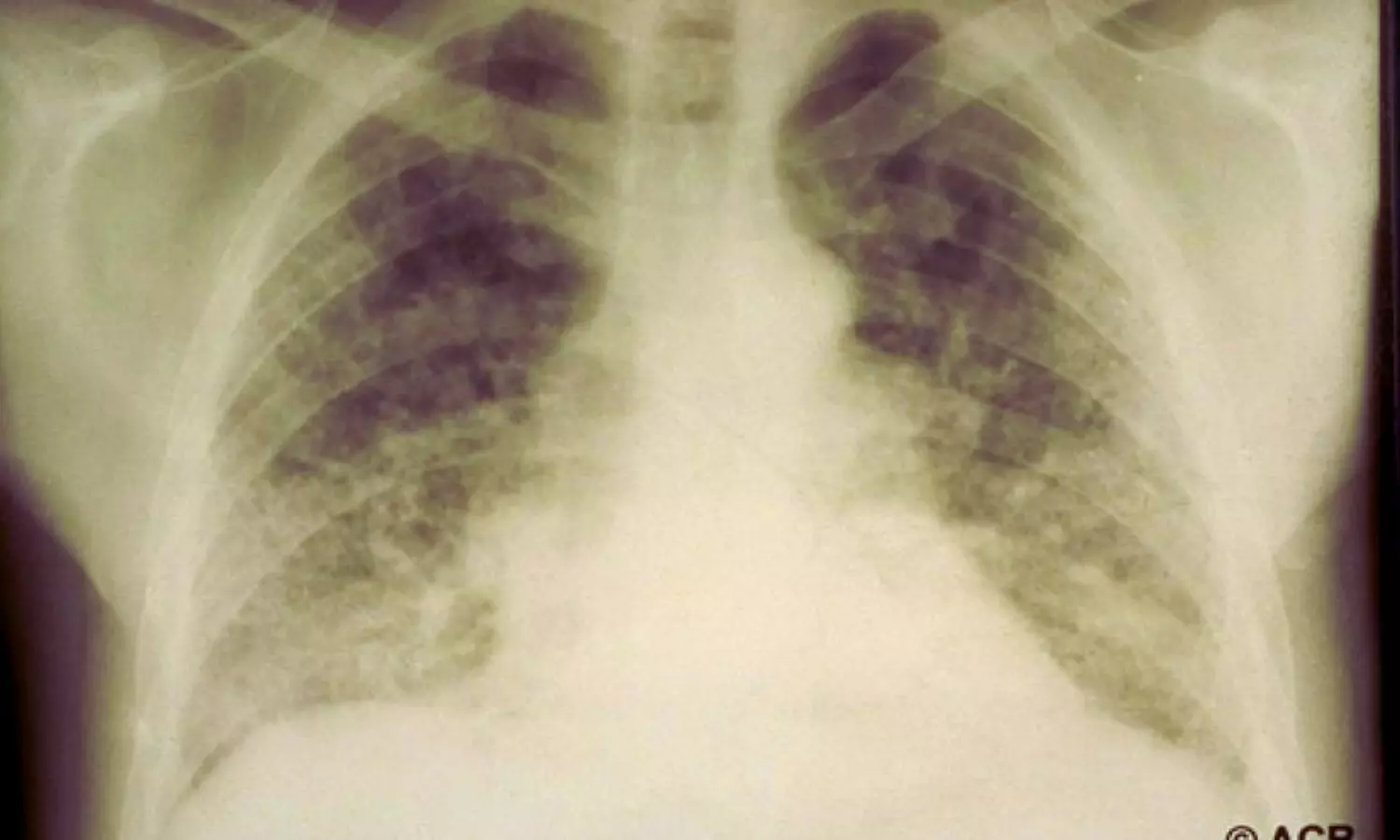Interstitial Lung Disease Significantly Increases Risk of All Lung Cancer Types: Study
- byDoctor News Daily Team
- 21 September, 2025
- 0 Comments
- 0 Mins

Researchers have found that patients with interstitial lung disease (ILD) are at greatly heightened risk of developing all major histological subtypes of lung cancer, including adenocarcinoma, squamous cell carcinoma, and small cell carcinoma. The study was published inJAMA Network Openby Hui Xu and colleagues. The research identified that ILD almost doubles the risk of lung cancer, and this heightened risk held after controlling for genetic and environmental exposures via sibling comparisons. This research examined data from the Swedish Total Population Register and the Swedish Multi-generation Register, covering those born between 1932 and 1987. The follow-up period lasted from January 1, 1987, to December 31, 2016. There were 5,425,976 participants in total, of which 14,624 had ILD diagnosis and 5,411,352 were in the general population without ILD. To account for possible genetic and familial confounding effects, a sibling-controlled design was also employed, comparing affected individuals with ILD to their unafflicted siblings. Multivariable Cox regression models were fitted, with adjustment for sex, age, calendar period, educational level, and proxies for smoking-related illnesses, to ensure reliable estimation of the hazard ratios for lung cancer related to ILD. Key Findings During the course of the 30-year study, there were 40,592 cases of lung cancer in those without ILD and had an incidence rate of 26.2 per 100,000 person-years. There were 227 cases of lung cancer among those with ILD, and there was a significantly increased incidence rate of 355.4 per 100,000 person-years. After adjustment, the hazard ratio (HR) of developing lung cancer for ILD patients was 2.16 (95% CI, 1.89–2.46) in the general population cohort. When compared within sibling groups to adjust for common genetics and early-life environment, the HR increased to 2.91 (95% CI, 1.98–4.27), again strengthening the causal association. Risks were significantly elevated by subtype as well: Adenocarcinoma: HR 1.60 (95% CI, 1.28–2.01) Squamous cell carcinoma: HR 2.56 (95% CI, 1.99–3.29) Small cell carcinoma: HR 3.29 (95% CI, 2.32–4.68) Other histologic types: HR 2.32 (95% CI, 1.78–3.01) This large cohort study definitively proved that ILD is independently linked to the risk of lung cancer, after accounting for family and genetic confounders. These data solidly support the inclusion of ILD as a variable in lung cancer risk stratification algorithms.
Disclaimer: This website is designed for healthcare professionals and serves solely for informational purposes.
The content provided should not be interpreted as medical advice, diagnosis, treatment recommendations, prescriptions, or endorsements of specific medical practices. It is not a replacement for professional medical consultation or the expertise of a licensed healthcare provider.
Given the ever-evolving nature of medical science, we strive to keep our information accurate and up to date. However, we do not guarantee the completeness or accuracy of the content.
If you come across any inconsistencies, please reach out to us at
admin@doctornewsdaily.com.
We do not support or endorse medical opinions, treatments, or recommendations that contradict the advice of qualified healthcare professionals.
By using this website, you agree to our
Terms of Use,
Privacy Policy, and
Advertisement Policy.
For further details, please review our
Full Disclaimer.
Recent News
Women with This Common Condition Face Higher Risk...
- 21 October, 2025
Why Women Face Higher Risk of Alzheimer's and Mult...
- 21 October, 2025
Long-term Exercise Keeps Immune System Younger and...
- 21 October, 2025
Circadian Syndrome Outperforms Metabolic Syndrome...
- 21 October, 2025
Daily Newsletter
Get all the top stories from Blogs to keep track.


0 Comments
Post a comment
No comments yet. Be the first to comment!